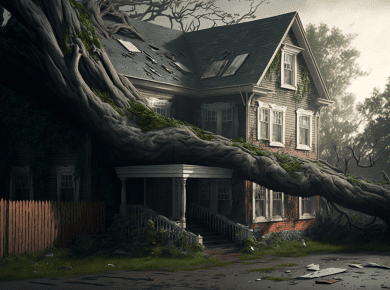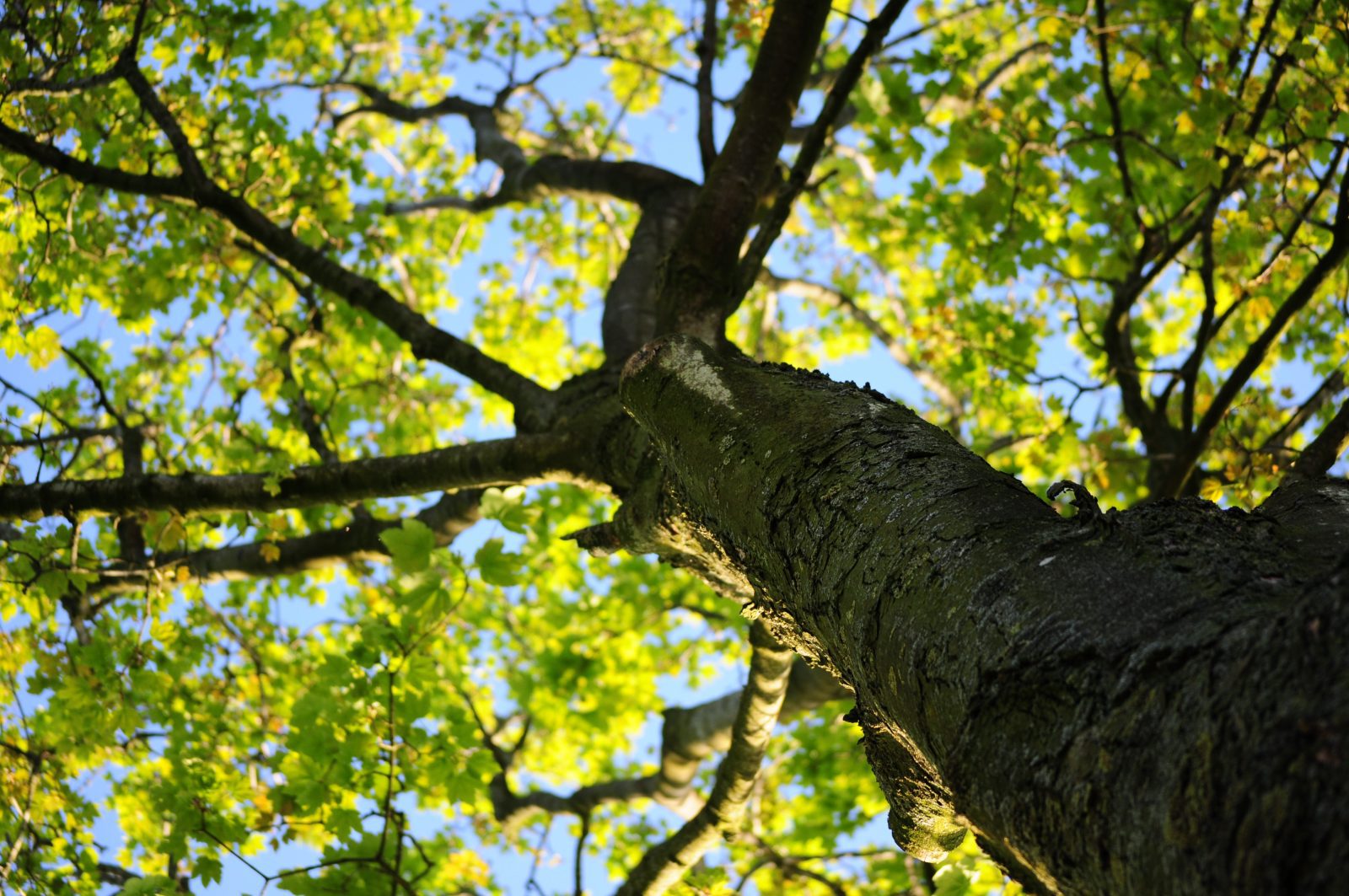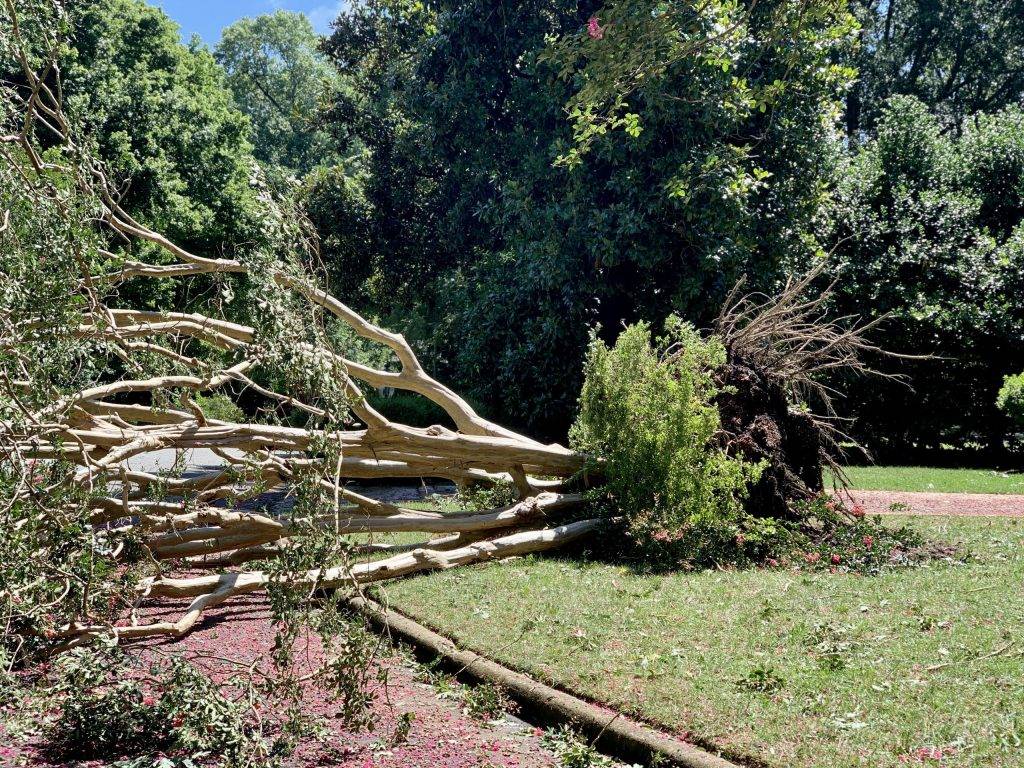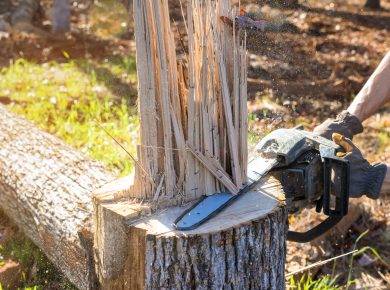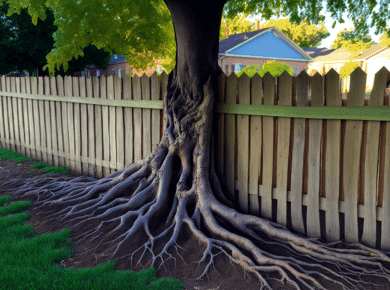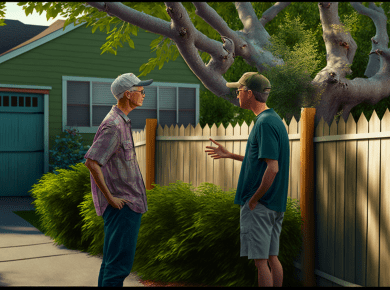Table of Contents
Who Pays for Fallen Tree Removal?
Introduction
If a tree falls on your property, you may be wondering who is responsible for paying for its removal. Depending on the circumstances, the answer may vary. In this blog post, we’ll explore the various factors that can impact who pays for fallen tree removal and offer some recommendations on what you should do if you find yourself in this situation.
Common Scenarios
First, let’s take a look at some common scenarios that can lead to a fallen tree:
Natural causes
If a tree falls due to natural causes (e.g., high winds, lightning, old age), the homeowner is typically responsible for paying for its removal. However, if the tree was healthy and fell due to a failure on the part of the utility company (e.g., damaged power lines), the utility company may be held responsible for the removal costs.
Neighbor’s tree falls on your property
If a tree falls on your property from your neighbor’s property, it’s generally the neighbor’s responsibility to pay for the removal. However, if you had previously notified your neighbor about the tree being unstable and they failed to take action, you may be able to seek compensation for the removal costs.
Public property tree falls on your property
If a tree falls on your property from a public area (e.g., a park or city street), the government agency responsible for maintaining that property may be held responsible for the removal costs. However, it’s important to note that each state has different laws regarding liability for fallen trees on public property, so you may want to consult with an attorney to determine your rights.
What to Do if You Find Yourself Dealing with a Fallen Tree
Now that we’ve covered some common scenarios, let’s talk about what you should do if you find yourself dealing with a fallen tree:
Assess the damage
The first thing you’ll want to do is assess the damage caused by the fallen tree. This includes any damage to your home or other structures, as well as any injuries sustained by you or anyone else. If there is any damage or injury, it’s important to document it with photos or videos for potential insurance claims or legal action.
Contact your insurance company
If you have homeowners insurance, your policy may cover the removal costs for a fallen tree. It’s a good idea to contact your insurance company as soon as possible to report the incident and inquire about coverage. Keep in mind that your insurance policy may have limits on the amount of coverage for tree removal, so it’s important to review your policy carefully.
Consider hiring a professional
Removing a fallen tree can be a dangerous task, and it’s important to take all necessary precautions. If you’re not comfortable handling the removal yourself, it’s a good idea to hire a professional tree removal service. They have the equipment and expertise to safely remove the tree and minimize further damage.
Determine who is responsible for paying
If you’re not sure who is responsible for paying for the removal costs, it’s a good idea to consult with an attorney. An attorney can help you understand your rights and determine who is liable for the removal costs based on the circumstances of the case.
Conclusion
So, who pays for fallen tree removal? It ultimately depends on the circumstances of the case. In some cases, the homeowner may be responsible, while in others, it may be the neighbor or a government agency. If you’re unsure who is responsible, it’s a good idea to consult with an attorney to understand your rights and options.
Additionally, it’s always a good idea to take proactive measures to prevent fallen trees. This can include regularly inspecting and maintaining your trees, as well as removing any trees that pose a risk to your property.
If you’re dealing with a fallen tree on your property and need legal assistance, we can connect you with a lawyer in your area who practices in these types of issues. Don’t hesitate to reach out for help – we’re here to support you through this process.
